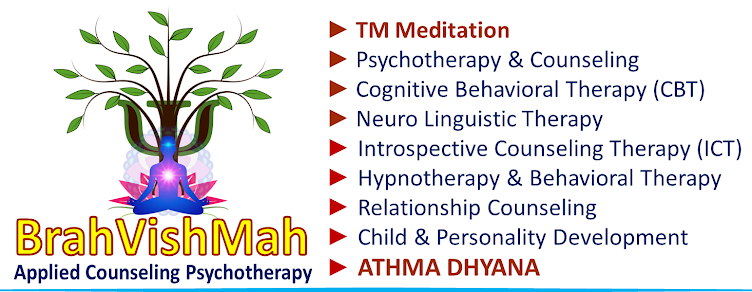Obsessive-compulsive disorder (OCD) symptoms involve unwanted thoughts or ideas that disrupt your life and make it hard for you to focus on other things. These symptoms involve things you feel you have to do in a specific way in response to the obsessions. It can present in different ways. While there are no official classification or subtypes of OCD
OCD symptoms in four main categories
1. Cleaning And Contamination
2. Symmetry And Ordering
3. Forbidden, Harmful, Or Taboo Thoughts And Impulses
4. Hoarding, When The Need To Collect Or Keep Certain Items Relates To Obsessions Or Compulsions
Not every person living with OCD experiences it the same way. Specific symptoms may be similar among some people. However, symptoms can also vary widely. You might have symptoms from more than one dimension.
Possible Causes
1) You’re more likely to have OCD if a family member also has the condition. Tic-related OCD also seems more likely to run in families
2) Experts believe it’s possible certain genes could play a part in development, but they haven’t yet discovered any specific genes that cause OCD. What’s more, not all people who have OCD also have a family member with the condition
3) Brain chemistry may also play a role. Some research suggests impaired function in certain parts of the brain or problems with the transmission of certain brain chemicals, such as serotonin and norepinephrine, could contribute to OCD
4) It’s also possible that trauma, abuse, or other stressful events can play a part in the development of OCD and other mental health conditions
5) Another environmental factor linked to OCD is PANDAS, which stands for pediatric autoimmune neuropsychiatric disorders associated with streptococcal infections
6) This diagnosis occurs in children who get a strep infection and then suddenly develop OCD symptoms, or experience worsened OCD symptoms after a strep infection
Treatment
1) Mental health experts generally consider therapy and medication, or a combination of the two, to have the most benefit in the treatment of OCD
2) Exposure and response prevention (ERP), a type of cognitive behavioral therapy (CBT), is generally the recommended approach. This type of treatment gradually exposes you to subjects of your obsessions or things that cause compulsions
3) In the safe space of therapy, you can learn how to deal with the discomfort you experience without acting out compulsions. You’ll probably also spend some time practicing these skills at home or in other environments outside of therapy
4) If you have severe OCD symptoms, or if your symptoms don’t seem to respond to therapy alone, your mental healthcare provider may recommend talking to a psychiatrist about medication





No comments:
Post a Comment